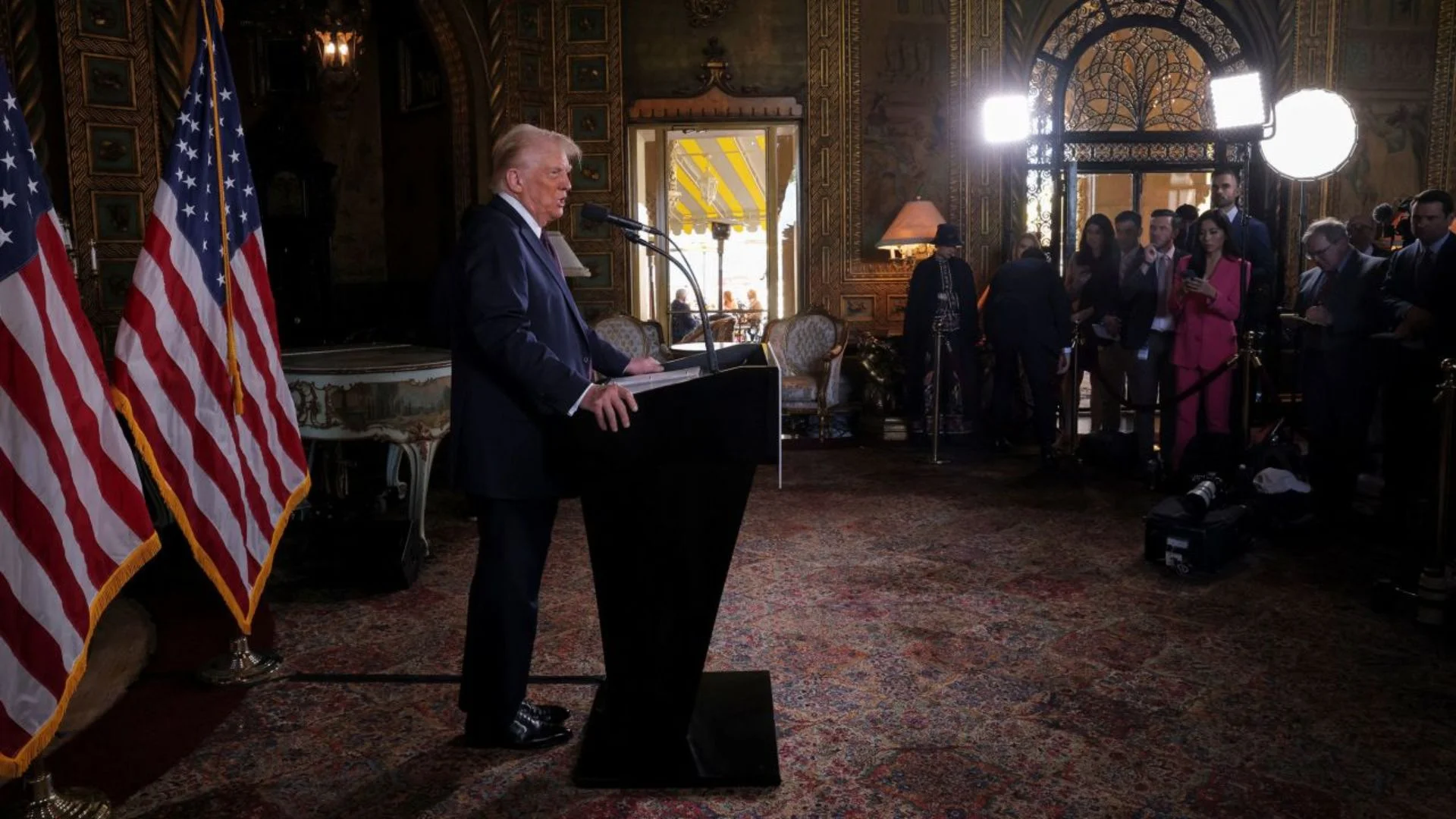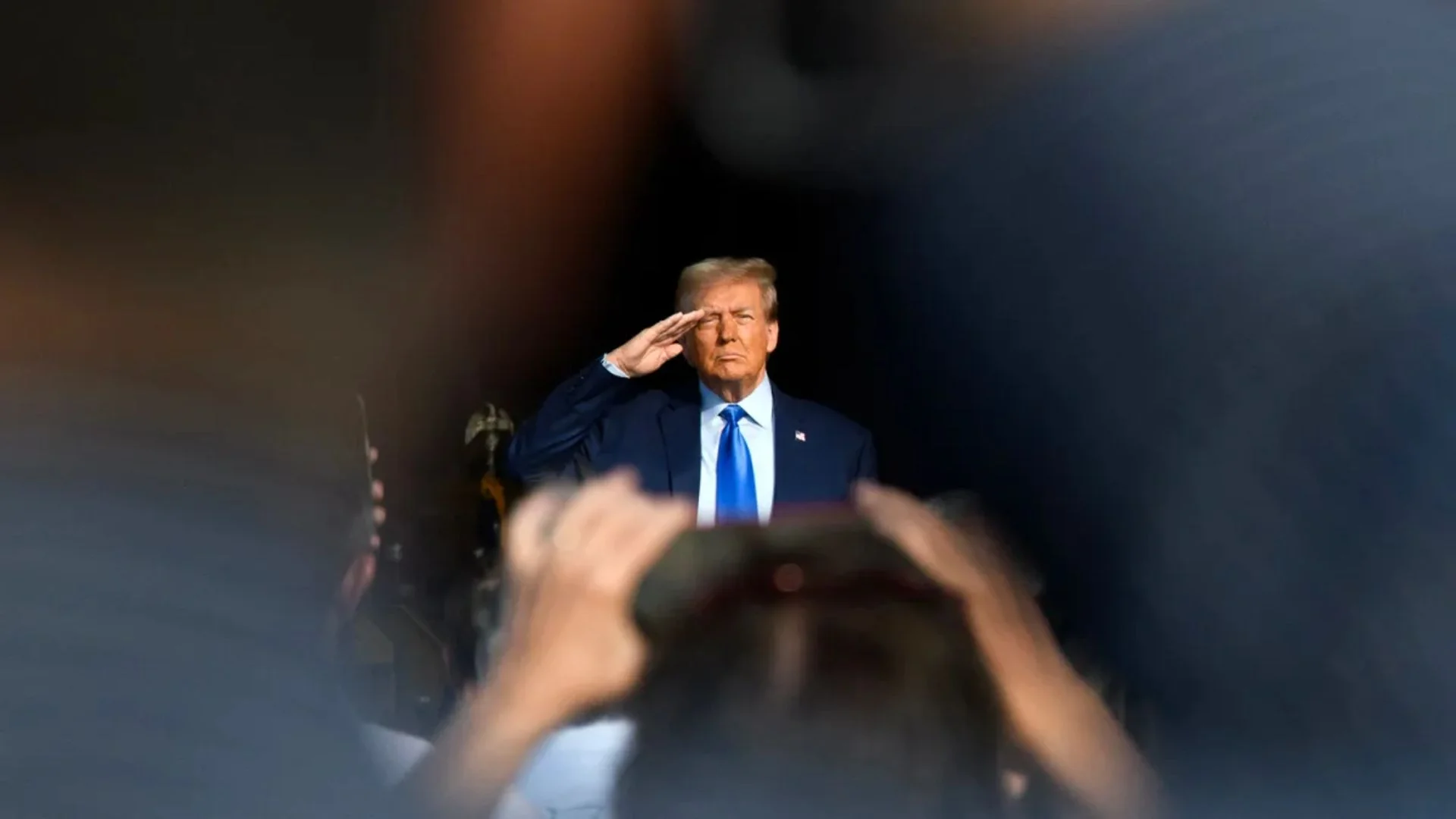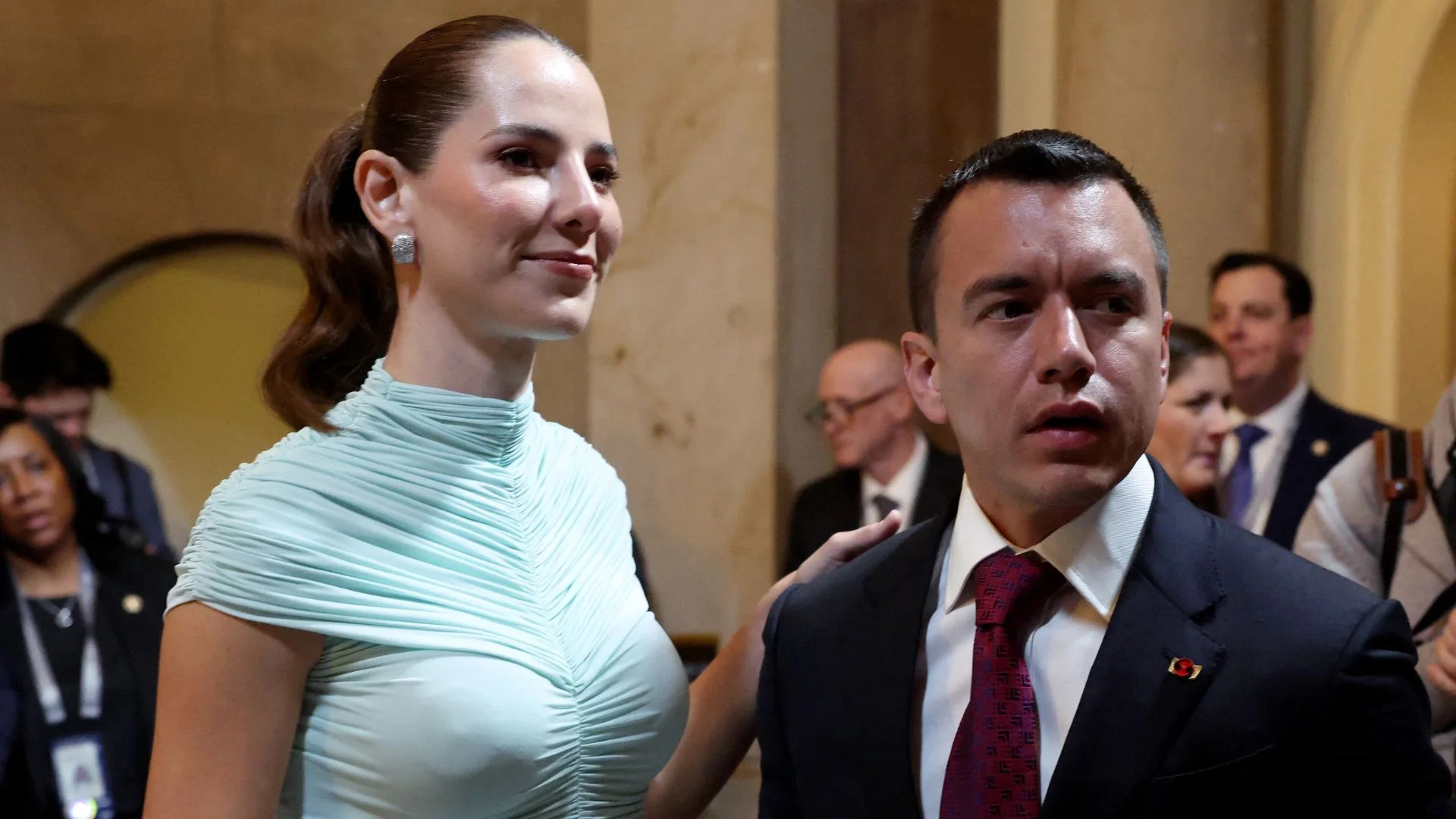Former US President Donald Trump has announced plans to halt the production of one-cent coins, commonly known as pennies. He argued that minting the coin is wasteful, as each penny costs over 3.69 cents to produce—more than triple its face value.
“For far too long, the United States has minted pennies which literally cost us more than 2 cents. This is so wasteful!” Trump stated on his Truth Social platform.
The move follows a report by Elon Musk’s Department of Government Efficiency (DOGE), which highlighted the financial burden of penny production. Trump has directed US Treasury Secretary Scott Bessent to stop minting new pennies immediately.
The Cost of Pennies
The US Mint’s 2024 annual report revealed that penny production resulted in an $85.3 million loss for the government. In addition:
- Nearly 3.2 billion pennies were minted in 2024 alone.
- The nickel also costs more than its value, with each five-cent coin costing 13.78 cents to produce.
- The environmental impact of mining zinc and copper for pennies contributes to carbon emissions.
A Long-Standing Debate
The debate over eliminating the penny has been ongoing for decades. Former President Barack Obama had previously pointed out that spending money on coins that people rarely use was inefficient.
Several countries, including Canada, Australia, and some European nations, have already phased out their lowest-value coins. Historically, the US discontinued the half-cent coin in 1857 when it became impractical.
Arguments For and Against Eliminating Pennies
Supporters argue:
- The penny has lost its purchasing power and is rarely used.
- Eliminating it would save millions in taxpayer money.
- It would reduce environmental harm caused by metal mining.
Opponents claim:
- Rounding transactions to the nearest nickel may increase prices.
- It could disproportionately affect low-income consumers who rely on cash.
- The cost of producing more nickels may offset any savings.
What Happens Next?
While Trump has called for the penny’s discontinuation, it remains unclear whether he has the legal authority to enforce the decision. Traditionally, ending a coin’s circulation requires congressional approval.
Republicans currently hold both chambers of Congress, which may improve the chances of legislative action. However, lawmakers must address how to manage cash transactions that are not divisible by five cents.
The proposal has reignited debates on whether the US should continue producing small-value coins that cost more than their worth.










